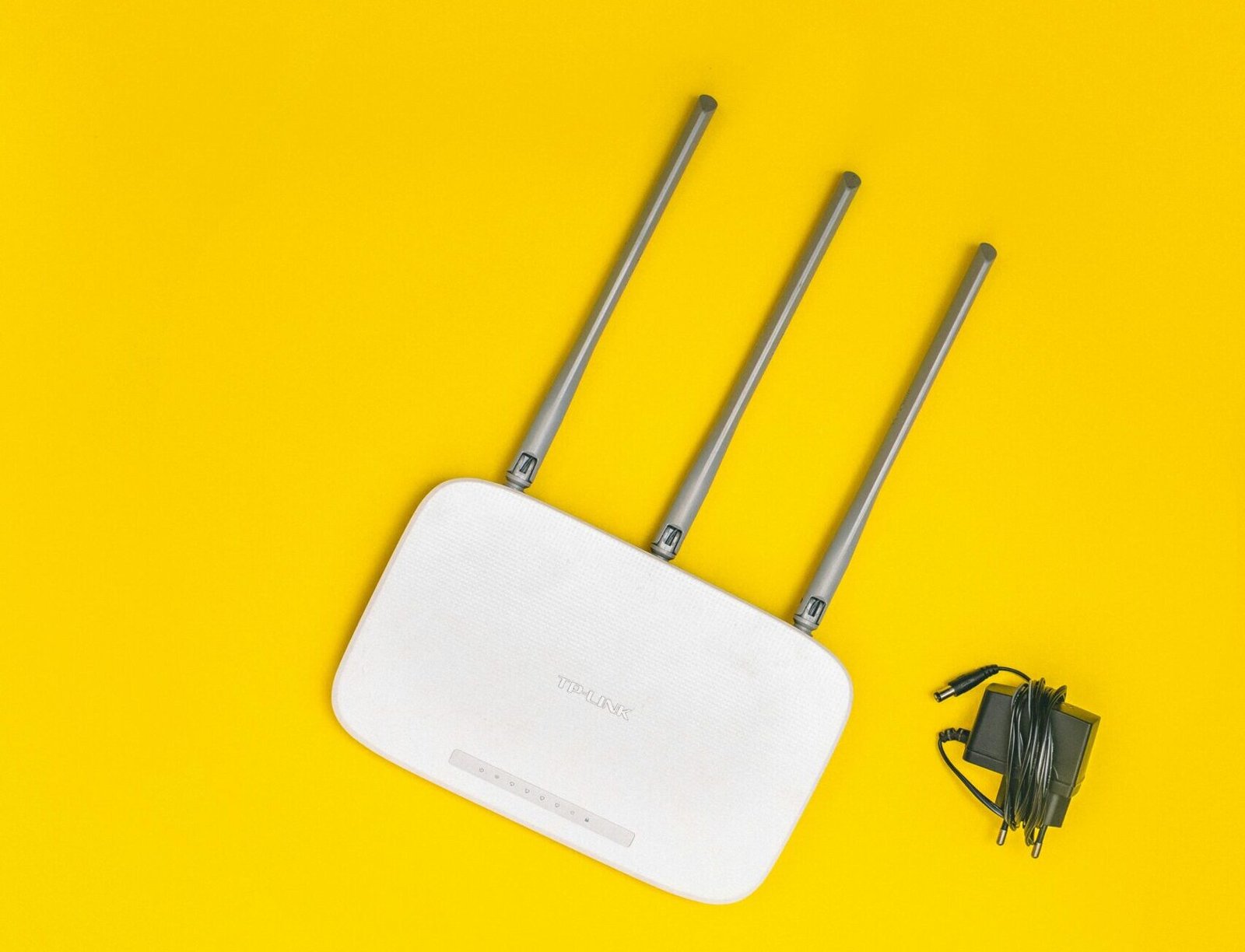
60-Second Summary
The answer is determined by several factors, including your router’s security, the settings you’ve specified, and your level of cybersecurity awareness. Vulnerabilities include:
- Default credentials: Factory-set usernames and passwords left unchanged.
- Weak passwords: Simple or easily guessable passwords.
- Outdated firmware: Missing security patches leave routers exposed.
- Open ports: Unsecured ports used for remote management or services.
- Exploitable features: Protocols like UPnP can be manipulated by attackers.
AMCO’s Security Tips
- Strong passwords: Use strong, unique passwords for your router and Wi-Fi.
- Update software regularly: Keep your router’s firmware up to date and disable unnecessary features.
- Enable extra encryption: Enable WPA3 or WPA2 encryption and turn off remote management.
- Stay vigilant: Monitor connected devices and use a guest network for added security.
- Use a VPN: Consider using a VPN and respond promptly if you suspect a breach.
Learn more & get details
To learn more about this subject, read our team’s full analysis below . . .

How do hackers gain access to home routers?
Hackers employ various techniques to exploit home routers, some of which are very easy – which highlights the need to implement security measures. Some of the ways in which hackers might hack into your router are:
1. Default Passwords
Many routers have a default username and password for the admin interface. If these credentials are not updated, hackers may quickly get in and gain control. Default credentials for many router types are commonly available online.
2. Weak Passwords
Even if you change the default password, having a weak password (such as 123456 or password123) exposes your router to brute-force assaults.
3. Outdated Firmware
Router producers issue firmware upgrades to address security flaws. If your router’s firmware is not updated on a regular basis, it may include unpatched vulnerabilities that hackers can exploit.
4. Open Ports
Routers frequently have open ports for services such as remote management, file sharing, and gaming. If these ports are not properly guarded, they can serve as backdoors for hackers.
5. DNS Hijacking
Hackers can use your router’s DNS (Domain Name System) settings to redirect you to malicious websites that steal your login information or install malware.
6. Exploiting UPnP
Universal Plug and Play (UPnP) is a protocol that allows devices on your network to connect with the router for purposes such as port forwarding. While useful, it may also be used by attackers to get over the router’s firewall.
7. Public Wi-Fi Networks
If your router is inadequately protected and accessible from a public network, hackers may try to get in remotely.
How Easy Is It for Hackers to Access My Computers Remotely?
Once a hacker has acquired control of your router, remote access to your computer and other devices becomes much easier. They can:
- Scan your network: Hackers can detect all linked devices and weaknesses.
- Install viruses: Malware may be installed on your devices through phishing or drive-by downloads, including keyloggers and ransomware.
- Eavesdrop on traffic: Hackers can use techniques like packet sniffing to intercept your online activities and steal sensitive data, such as banking passwords or login information.
- Remote control: Hackers can use RDP or other remote access programs to get complete control of your machine.
How to Protect Your Home Router and Devices
Securing your router is the first step toward protecting your whole home network. Here’s how to reduce the danger of getting hacked:
1. Change Default Credentials
Change the default username and password in your router’s admin panel immediately. Create a strong, unique password with capital and lowercase letters, numbers, and special characters.
2. Keep Firmware Updated
Regularly check for firmware updates and swiftly install them. Many routers offer the option to allow automatic updates; make use of it if available.
3. Disable Remote Management
Disable remote access unless absolutely essential. This stops hackers from getting to your router from outside your network.
4. Enable WPA3 or WPA2 Encryption
Encrypt your Wi-Fi network using WPA3 or WPA2. Avoid utilising older protocols, like as WEP, which are readily hacked.
5. Use a Strong Wi-Fi Password
Secure your Wi-Fi network with a secure password and prevent sharing it with unauthorised users.
6. Disable Unused Features
Disable unnecessary functions such as UPnP and WPS (Wi-Fi Protected Setup). Hackers can exploit these.
7. Monitor Connected Devices
Check your network’s linked gadgets on a regular basis. If you see anything unusual, investigate right away.
8. Change the Router’s Default IP Address
To prevent hackers from targeting your device, change your router’s default IP address from 192.168.1.1 to something less predictable.
9. Use a Guest Network
Create a guest Wi-Fi network for guests and IoT devices. This separates them from your main network, lowering the danger of compromise.
10. Use a VPN
A VPN encrypts internet traffic, providing additional protection against eavesdropping. Some contemporary routers include built-in VPN capabilities.
What to Do If You Think Your Router Has Been Hacked
If you believe your router has been compromised:
- Factory reset: Factory reset the router to prevent illegal alterations.
- Change passwords: Change all passwords, including admin panel, Wi-Fi, and associated accounts.
- Invest in software: Install the newest firmware to address all known vulnerabilities.
- Scan for malware: Run antivirus scans on all connected devices to prevent infection.
- Contact your ISP: Please contact your internet service provider (ISP) for assistance if necessary.

AMCO’s Recommendations
- Change default credentials: Replace the default username and password for your router’s admin panel with a strong, unique password.
- Update firmware regularly: Check for and install firmware updates frequently, or enable automatic updates if available.
- Disable remote management: Turn off remote access to your router unless absolutely necessary.
- Use WPA3 or WPA2 Encryption: Encrypt your Wi-Fi network with modern protocols and avoid outdated options like WEP.
- Set a strong Wi-Fi password: Use a secure and unique password for your Wi-Fi network.
- Disable unused features: Turn off features like UPnP and WPS to minimize vulnerabilities.
- Monitor connected devices: Regularly check for unknown devices on your network and investigate any suspicious activity.
- Change the router’s default IP address: Use a less predictable IP address to make your router harder to target.
- Use a guest network: Isolate IoT devices and visitors on a separate guest network for added security.
- Use a VPN: Encrypt your internet traffic using a VPN for an extra layer of protection.
- Respond to potential hacks: If you suspect your router is compromised, reset it to factory settings, update firmware, and change all credentials immediately.




Leave a Reply